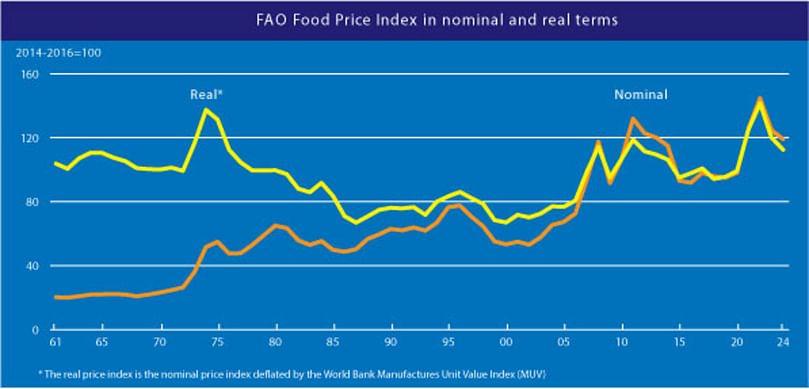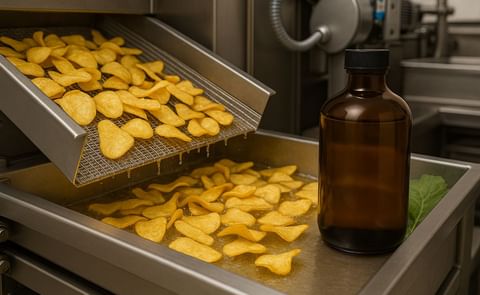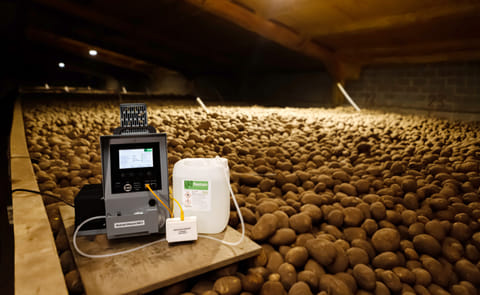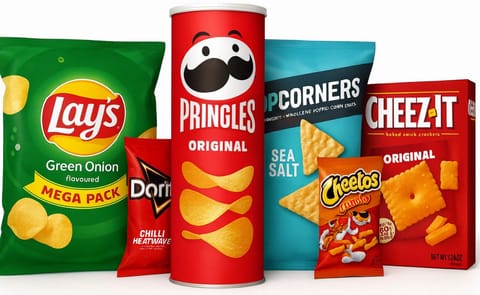FAO Food Price Index firm in June: higher vegetable oil, sugar and dairy prices offset lower cereal quotations
FAO Food Price Index firm in June: higher vegetable oil, sugar and dairy prices offset lower cereal quotations

The FAO Food Price Index* (FFPI) stood at 120.6 points in June 2024, unchanged from its revised figure for May, as increases in the price indices for vegetable oil, sugar and dairy products balanced out a decrease in the price index for cereals, while the meat index was almost unchanged. Despite this firming after three consecutive monthly upticks, the FFPI remained 2.1 percent lower than its corresponding value one year ago and 24.8 percent below its peak of 160.3 points reached in March 2022.
The FAO Cereal Price Index averaged 115.2 points in June, down 3.5 points (3.0 percent) from May and 11.4 points (9.0 percent) from its June 2023 value. Global export prices of all major cereals decreased month on month. The decline in wheat prices mostly reflected seasonal pressure from ongoing harvests in the northern hemisphere.
Slightly improved production prospects in some major exporting countries, including Kazakhstan and Ukraine, along with the implementation of a temporary import ban by Türkiye also contributed to the softer price tone. Maize export prices also dropped in June, as harvests in Argentina and Brazil progressed, with production in both countries now expected to be larger than earlier anticipated.
In addition, larger-than-previously-expected planted area to maize in the United States of America, along with generally good crop conditions, also contributed to the price decline. Among other coarse grains, world prices of barley and sorghum also fell in June. The FAO All Rice Price Index posted a modest monthly decline in June, largely reflecting generally quiet trading activities.
The FAO Vegetable Oil Price Index averaged 131.8 points in June, up 4.0 points (3.1 percent) from May and marking the highest level since March 2023. The increase was driven by higher quotations across palm, soy and sunflower oils, while rapeseed oil prices remained virtually unchanged.
After declining for two consecutive months, international palm oil prices rebounded in June, mainly underpinned by a reviving global import demand due to increased price competitiveness. Meanwhile, world soy and sunflower oil prices continued to rise, underpinned, respectively, by firm demand from the biofuel sector in the Americas and declining export availabilities in the Black Sea region. As regards rapeseed oil, international prices stayed practically stable in June, but markedly above their year-earlier levels amid a tightening global supply outlook for the 2024/25 season.
The FAO Dairy Price Index averaged 127.8 points in June, up 1.5 points (1.2 percent) from May and standing 7.9 points (6.6 percent) above its corresponding value one year ago. In June, international price quotations for butter rose to a 24-month high, underpinned by increased global demand for near-term deliveries amidst heavy retail sales and seasonally falling milk deliveries in Western Europe.
Butter prices were also influenced by low inventories in Oceania, which coincided with the region’s lowest point in milk production. Meanwhile, skim milk powder prices increased, principally reflecting steady imports from Eastern Asia and somewhat high internal sales in Western Europe.
World whole milk powder prices increased slightly in June on firm import demand and seasonally lighter milk production in Oceania. By contrast, cheese prices decreased marginally, mainly caused by a slowdown in global import demand for near-term deliveries.
The FAO Meat Price Index* averaged 116.9 points in June, virtually unchanged from May, standing 2.1 points (1.8 percent) below its corresponding value a year ago. A decline in international poultry meat prices was nearly offset by moderate to slight increases in the prices of ovine, pig and bovine meats. The drop in poultry meat prices was mainly driven by abundant supplies from some leading producing countries.
By contrast, ovine meat prices rose significantly due to the continued high import demand and despite ample export supplies, as farmers began liquidating their herds in response to unusually dry conditions in parts of Australia. Meanwhile, international pig meat prices increased slightly due to a steady pace of imports, further underpinned by seasonally active internal sales, especially in North America. World bovine meat prices remained broadly stable, reflecting generally well-balanced global demand-supply conditions.
The FAO Sugar Price Index averaged 119.4 points in June, up 2.3 points (1.9 percent) from May after three consecutive monthly declines, but still down 32.8 points (21.6 percent) from its value in June of last year. The increase in June was mainly triggered by lower-than-expected harvest results during May in Brazil, which heightened concerns over the potential impact of prolonged dry weather conditions on sugar production in the coming months.
Erratic monsoon rainfall in India, coupled with a downward revision to crop yield forecasts in the European Union, also contributed to the overall upward pressure on world sugar prices, which was partly offset by the weakening of the Brazilian real against the United States dollar.

FAO Food Price Index in nominal and real terms










